Ford Mustang (1999-2004) Service Manual: Master Cylinder - Hydro-Boost
Removal
1. Disconnect the fluid level sensor connector.
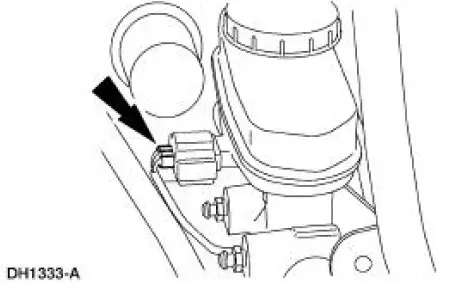
2. Disconnect the brake tubes.
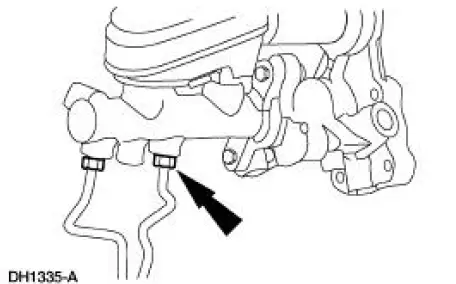
3. Remove the brake master cylinder nuts.
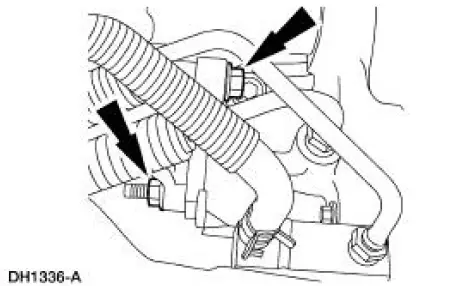
4. Remove the brake master cylinder (2140).
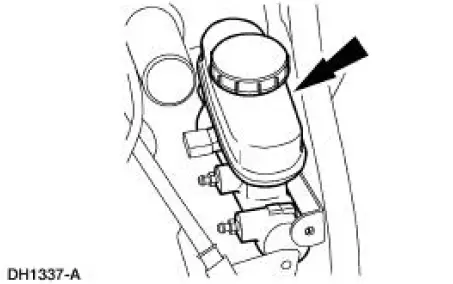
Installation
1. To install, reverse the removal procedure.
- Bleed the brake system.
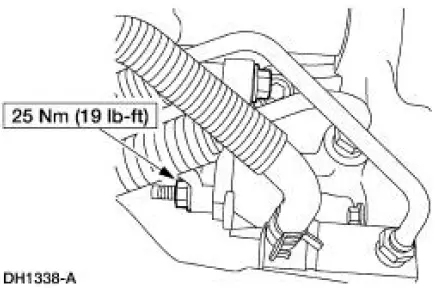
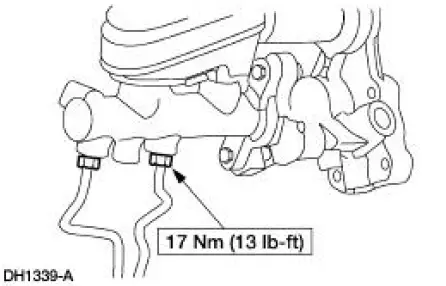
 Master Cylinder
Master Cylinder
Removal
1. Disconnect the fluid level sensor connector.
2. Disconnect the brake tubes.
3. Remove the brake master cylinder nuts.
4. Remove the brake master cylinder (2140).
Installation
1. To ...
 Reservoir
Reservoir
Removal
WARNING: Brake fluid contains polyglycol ethers and polyglycols.
Avoid contact with
eyes. Wash hands thoroughly after handling. If brake fluid contacts eyes,
flush eyes with
running wat ...
Other materials:
Brake Pads - Cobra
Removal
1. Remove brake fluid in the master cylinder reservoir until the
reservoir is half full.
2. Raise and support the vehicle.
3. Remove the tire and wheel assembly.
4. CAUTION: Install new pads if worn to or past the specified
thi ...
Windshield wipers
Note: Fully defrost the windshield before switching on the windshield
wipers.
Note: Make sure you switch off the windshield wipers before entering a
car wash.
Note: Clean the windshield and wiper blades if they begin to leave
streaks or smears. If that does ...
Inspection and Verification
1. Verify the customer concern by operating the engine to duplicate the
condition.
2. Visually inspect for obvious signs of mechanical damage. Refer to the
following chart.
Visual Inspection Chart
Mechanical
Engine coolant leaks
...
